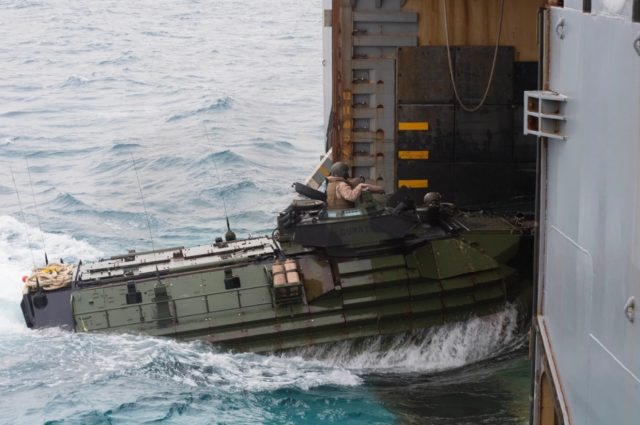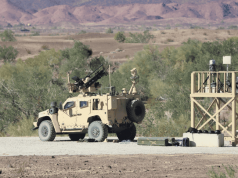
A little over a year after a deadly accident that claimed the lives of nine troops, the US Marine Corps is withdrawing the ageing Amphibious Assault Vehicles (AAV) from waterborne operations completely.
This means that the vehicles will no longer deploy on operations. What is more, they are also being barred from training in the water during exercises.
The service noted that the AAV remains a safe and effective vehicle for amphibious operations, adding that the decision was made based on the current state of amphibious vehicle program. The marines are currently receiving the amphibious combat vehicles that will replace the AAVs.
The decades-old AAVs will be returning to water only if needed for crisis response.
As explained by the service, AAVs will continue to contribute to operations as 76 percent of their tasks are land-based. The waterborne tasks are being taken over by the ACV, which also experienced technical issues recently.
“ACVs were temporarily suspended from open ocean waterborne operations as we worked to solve an issue that was identified with the towing mechanism. We expect that issue to be resolved soon and for ACVs to return to the water early in the New Year,” the US Marine Corps said in a statement.
US Marine Corps made the decision to pull the AAV from amphibious operations based on the findings of several investigations into the July 2020 incident off the coast of San Clemente Island.
Eight marines and one sailor died in the incident. In total, 16 personnel were aboard the AAV when on July 30 they reported taking on water while conducting shore-to-ship waterborne operations training.


























